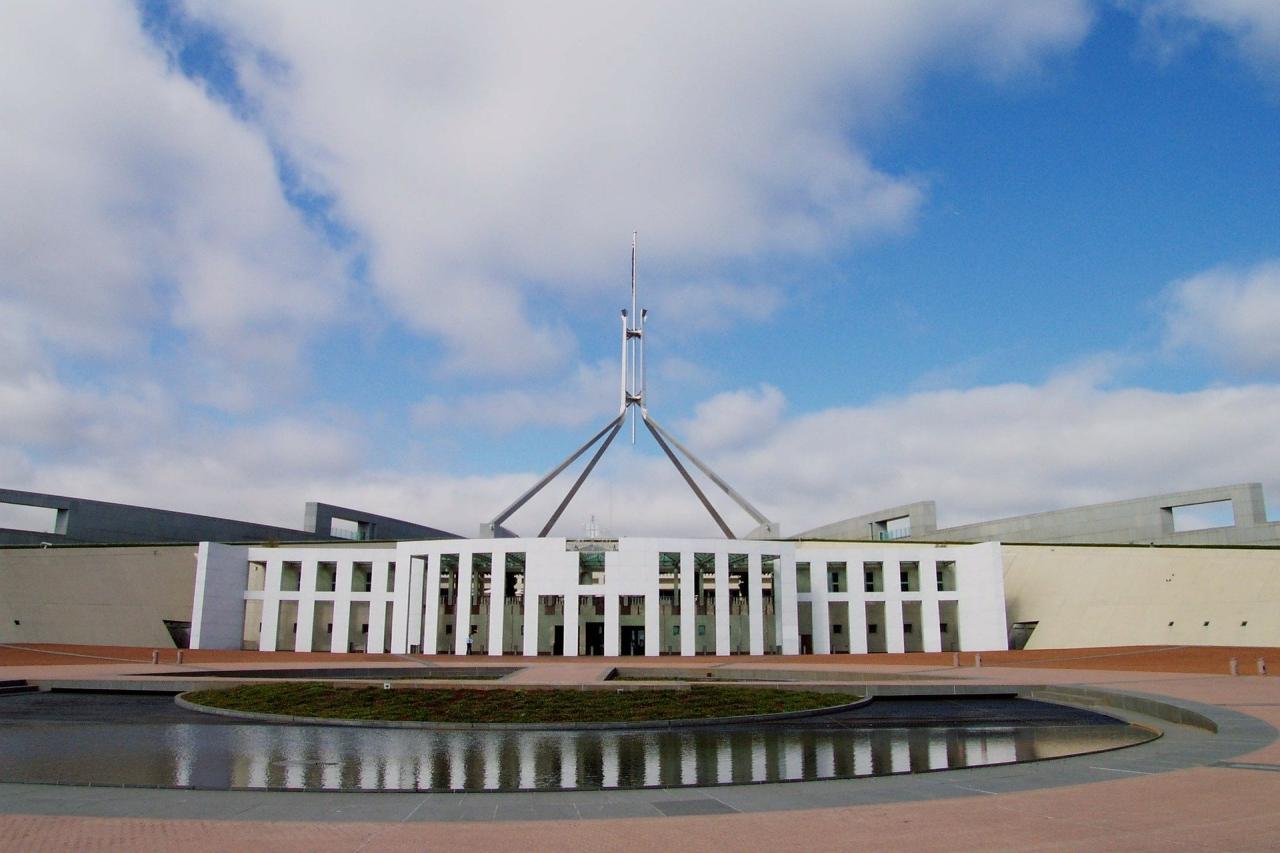
Briefs
Housing male perpetrators of domestic and family violence
There is a role for housing programs for perpetrators of DFV as men who are removed from the family home and have nowhere else to go are more likely to attempt to return to the family home, which may compromise the safety and security of the women and children.
The need for a robust Australian National Housing and Homelessness Plan
After years of relatively little progress on improving housing affordability the Australian Government has declared its commitment to developing a new National Housing and Homelessness Plan, ‘with the support and assistance of key stakeholders including States and Territories, local government, not for profit and civil society organisations, industry bodies, superannuation funds and other experts in housing, finance and urban development.’
Domestic and family violence. Staying home, leaving violence programs
Traditionally Australian judicial systems have ‘solved’ domestic and family violence situations by removing the women and children from their home. However, such actions can disrupt children’s schooling and friendship groups and lead to women and children’s homelessness.
Housing, homelessness and domestic and family violence
Domestic and family violence (DFV) is a main reason women and children leave their home. In 2020–21, 116,200 people (42% of all SHS clients) who presented as clients to a Specialist Homelessness Service (SHS) reported that they were escaping DFV.
Reducing the energy costs of rental housing
With energy costs for home heating and cooling likely to be high for some time, particularly across Australia’s eastern states and territories, improving the thermal characteristics of residential properties (especially rental properties) is of real concern.





